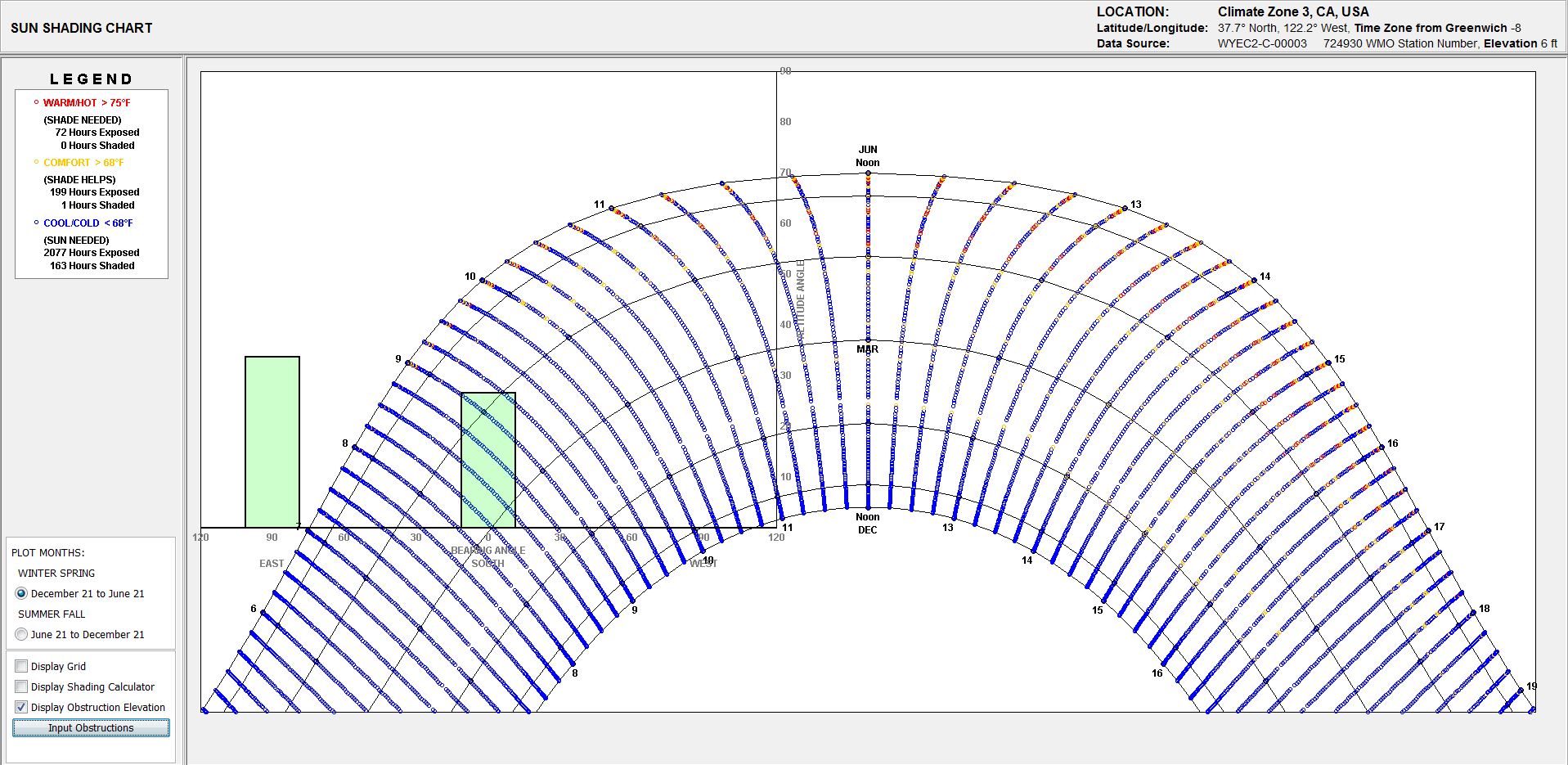How far away should I model shading blocks?
I'm working on a project where we are interested in the effect of shading from nearby buildings. I plan to model these as shading blocks and am wondering how far away I need to consider.
Is there a rule of thumb or calculation I can use that takes account of latitude, bearing from the modelled building, relative height of the modelled building and shading block? Or am I overthinking this and should just model everything within say, 20, 50, or 100 m?
Pointers to any studies of this, guidance from ASHRAE/CIBSE etc, or regulatory guidance would all be useful.
Edit
For context, we're looking at hundreds of buildings so are looking for a solution which is both repeatable (doesn't involve a judgement call) and can be automated to some extent.







